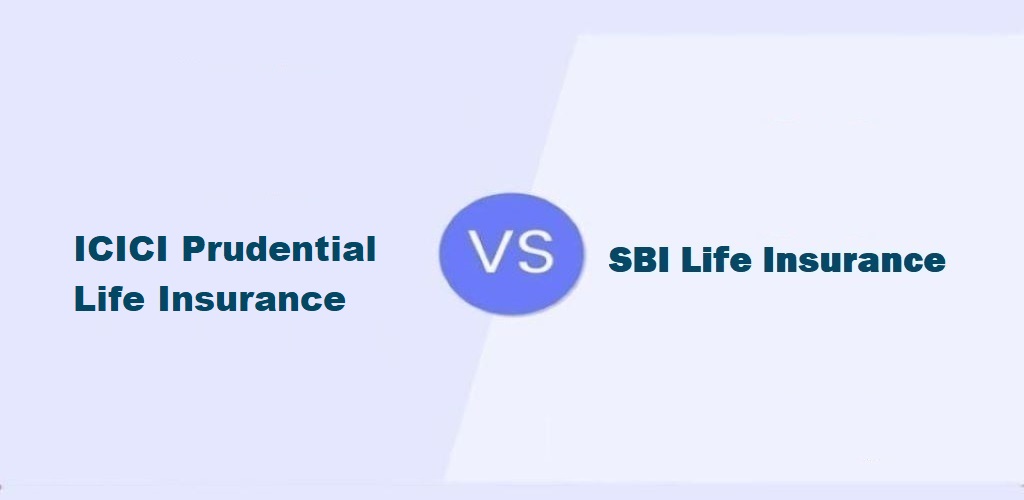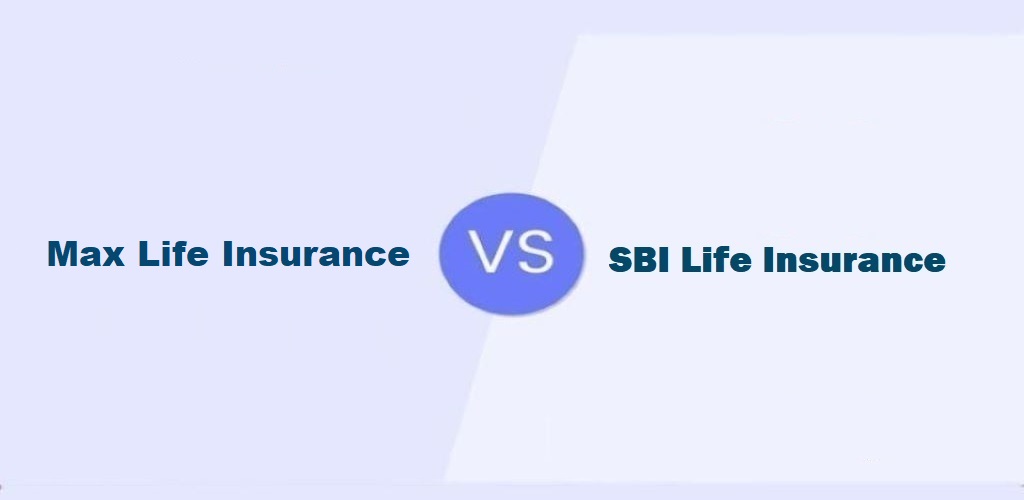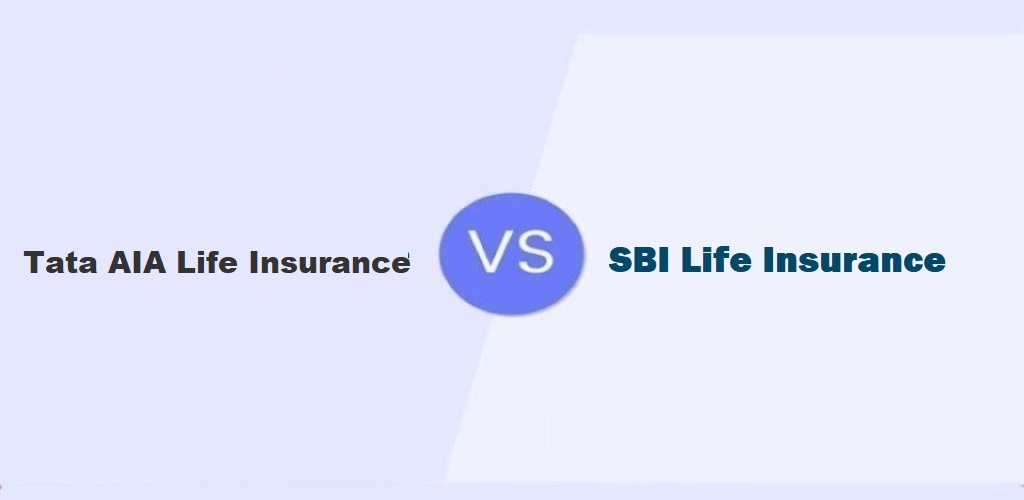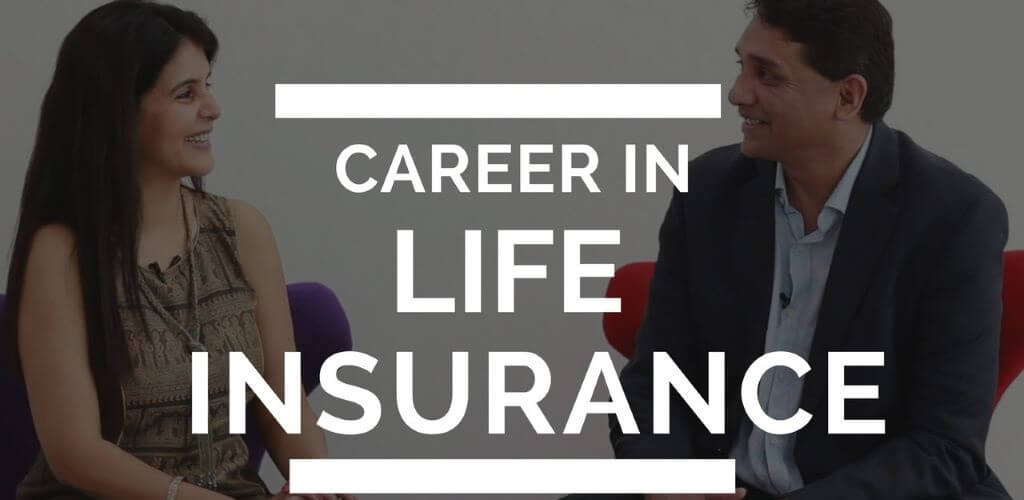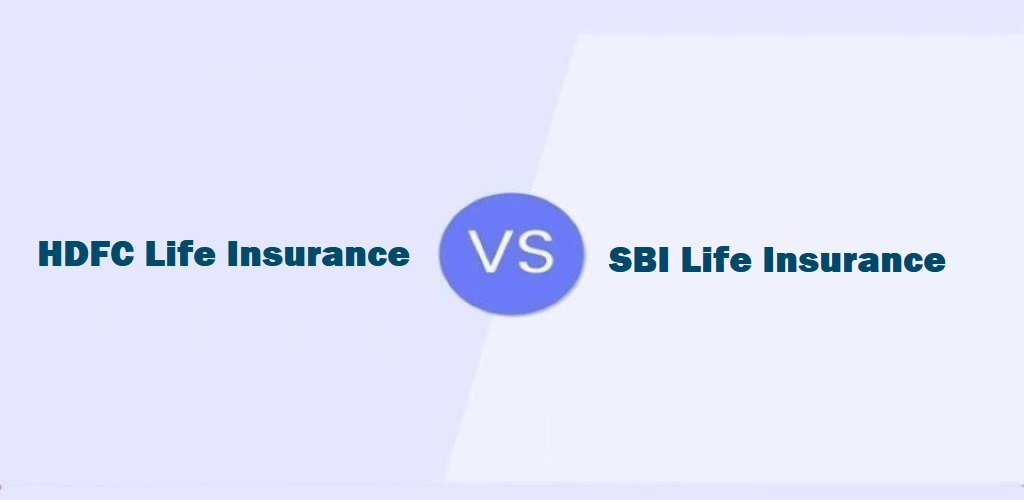Debt is a common financial burden that many individuals and families face. Whether it’s a mortgage, student loans, credit card debt, or personal loans, managing and ultimately eliminating debt is a crucial step toward achieving financial stability. Life insurance, often viewed primarily as a tool for protecting loved ones in the event of one’s death, can also be strategically used to manage and pay off debt. This article will explore how you can use life insurance to pay off debt, the types of life insurance policies that are suitable for this purpose, and the steps involved in implementing this strategy effectively.
Understanding Life Insurance
Types of Life Insurance
- Term Life Insurance: This type of policy provides coverage for a specific period, such as 10, 20, or 30 years. If the insured person dies within this term, the beneficiaries receive the death benefit. Term life insurance is typically more affordable than permanent life insurance.
- Whole Life Insurance: This is a type of permanent life insurance that provides coverage for the insured’s entire life, as long as premiums are paid. It also includes a savings component, known as cash value, which grows over time.
- Universal Life Insurance: Another form of permanent life insurance, universal life offers more flexibility in terms of premium payments and death benefits. It also accumulates cash value.
The Role of Life Insurance in Debt Management
Life insurance can play a pivotal role in managing and paying off debt in several ways:
- Death Benefit: The primary feature of life insurance is the death benefit, which can provide a lump sum payment to your beneficiaries upon your death. This money can be used to pay off any outstanding debts, ensuring that your loved ones are not burdened financially.
- Cash Value: Permanent life insurance policies, such as whole life or universal life, accumulate cash value over time. This cash value can be accessed through policy loans or withdrawals and used to pay off debts while the policyholder is still alive.
Using the Death Benefit to Pay Off Debt
Planning and Designating Beneficiaries:
To use the death benefit to pay off debt, it’s crucial to plan ahead and designate your beneficiaries accordingly. Here are the steps to follow:
- Calculate Your Debt: Start by calculating all your outstanding debts, including mortgages, car loans, credit card balances, and any other liabilities. This will help you determine the amount of life insurance coverage you need.
- Choose the Right Policy: Based on your needs and financial situation, select a life insurance policy that provides adequate coverage. If you have significant debts, a term life policy with a high death benefit might be suitable. For long-term financial planning, a whole or universal life policy might be better.
- Designate Beneficiaries: Clearly designate beneficiaries who will receive the death benefit. These could be your spouse, children, or other family members. You can also specify that a portion of the death benefit be used to pay off specific debts.
- Communicate Your Plan: Make sure your beneficiaries understand your intentions for the death benefit. Inform them about the debts that need to be paid off and how they should use the funds.
Advantages of Using the Death Benefit:
- Immediate Debt Relief: The death benefit provides immediate funds to pay off debts, ensuring that your loved ones are not left with financial burdens.
- Financial Security: Paying off debts can provide financial security to your family, allowing them to maintain their standard of living and achieve financial goals.
Utilizing Cash Value to Pay Off Debt
Accessing the Cash Value:
For those who have permanent life insurance policies with accumulated cash value, this feature can be a valuable resource for debt repayment. Here’s how to access and use the cash value:
- Policy Loans: You can borrow against the cash value of your policy. Policy loans typically have lower interest rates compared to other types of loans, and they do not require credit checks. However, unpaid loans can reduce the death benefit.
- Withdrawals: You can make partial withdrawals from the cash value of your policy. Withdrawals reduce the cash value and death benefit but provide tax-free funds for debt repayment.
Steps to Use Cash Value for Debt Repayment:
- Evaluate Your Cash Value: Review your policy statements to understand the available cash value. Consult with your insurance provider to determine the exact amount you can access.
- Decide on Loans or Withdrawals: Choose whether to take out a policy loan or make a withdrawal. Loans must be repaid with interest, while withdrawals permanently reduce the policy’s cash value and death benefit.
- Plan Your Repayment: If you choose a policy loan, develop a repayment plan to minimize the impact on the death benefit. Ensure that the loan does not jeopardize the policy’s value.
- Use Funds Wisely: Allocate the funds from the loan or withdrawal specifically for debt repayment. Focus on high-interest debts first to maximize the financial benefit.
Advantages of Using Cash Value:
- Lower Interest Rates: Policy loans often have lower interest rates compared to other types of loans, making them a cost-effective way to manage debt.
- Tax Benefits: Withdrawals from the cash value are generally tax-free up to the amount of premiums paid, providing a tax-advantaged way to access funds.
Considerations and Risks
Impact on Death Benefit:
Using the cash value of your life insurance policy can reduce the death benefit available to your beneficiaries. It’s important to balance the immediate need for debt repayment with the long-term goal of providing financial security for your loved ones.
Policy Lapse:
Borrowing excessively against your policy’s cash value can increase the risk of policy lapse. If the cash value is depleted and premiums are not paid, the policy may lapse, resulting in loss of coverage.
Alternatives to Consider
While using life insurance to pay off debt can be an effective strategy, it’s also worth exploring other options:
- Debt Consolidation: Combining multiple debts into a single loan with a lower interest rate can simplify repayment and reduce interest costs.
- Refinancing: Refinancing high-interest loans, such as mortgages or student loans, can lower your monthly payments and overall interest costs.
- Budgeting and Saving: Implementing a strict budget and prioritizing debt repayment can help you pay off debts without needing to access your life insurance.
Additional Tips for Using Life Insurance to Manage Debt
- Review Your Policy Regularly: Periodically review your life insurance policy to ensure it aligns with your financial goals and debt repayment needs.
- Consult a Financial Advisor: Seek professional advice to determine the best strategy for using life insurance to manage debt. A financial advisor can help you weigh the pros and cons and develop a comprehensive plan.
- Keep Beneficiaries Informed: Maintain open communication with your beneficiaries about your debt repayment plan and how life insurance will be used. This ensures they are prepared to manage the funds appropriately.
- Consider Increasing Coverage: If you anticipate significant debt in the future, consider increasing your life insurance coverage to provide a larger death benefit.
- Stay Informed About Policy Changes: Stay updated on any changes to your life insurance policy, such as premium increases or changes in cash value growth. This helps you make informed decisions about using the policy for debt repayment.
Conclusion
Life insurance can be a powerful tool for managing and paying off debt, providing both immediate and long-term financial security. By understanding the different types of life insurance, the benefits of the death benefit and cash value, and the potential risks involved, you can make informed decisions that align with your financial goals. Whether you use the death benefit to protect your loved ones from financial burdens or access the cash value to tackle debt during your lifetime, life insurance offers versatile solutions for achieving financial stability. Always consult with financial professionals to develop a strategy tailored to your unique circumstances, ensuring that you maximize the benefits of life insurance while effectively managing debt.
Frequently Asked Questions
Yes, the death benefit from a term life insurance policy can be used by your beneficiaries to pay off your debts after your death. However, term life policies do not accumulate cash value, so they cannot be used to pay off debts while you are still alive.
A life insurance policy loan allows you to borrow money against the cash value of your permanent life insurance policy. You must repay the loan with interest, and if it’s not repaid, the outstanding loan amount will be deducted from the death benefit.
No, life insurance policy loans are not taxable as long as the policy remains in force. However, if the policy lapses with an outstanding loan, the loan amount may become taxable.
If you can’t repay a policy loan, the outstanding loan amount, including interest, will be deducted from the death benefit paid to your beneficiaries. This reduces the amount they receive.
Yes, you can withdraw cash value from a permanent life insurance policy, but it will reduce the policy’s death benefit and may incur surrender charges. Withdrawing more than the amount you have paid in premiums can also lead to taxes.
Accessing the cash value through loans or withdrawals reduces the policy’s death benefit. This means your beneficiaries will receive less money upon your death.
No, the death benefit is paid directly to your beneficiaries, who can then use it to pay off your debts. It’s important to communicate your wishes to your beneficiaries regarding debt repayment.
Interest rates on life insurance policy loans vary depending on the insurance company and the policy terms. Typically, they are lower than standard loan interest rates.
Yes, the funds from a life insurance death benefit or cash value can be used to pay off any type of debt, including mortgages, personal loans, credit card debt, and medical bills.
Yes, it’s highly advisable to consult a financial advisor to understand the implications and to develop a strategy that aligns with your overall financial goals and ensures you make the best use of your life insurance policy.



